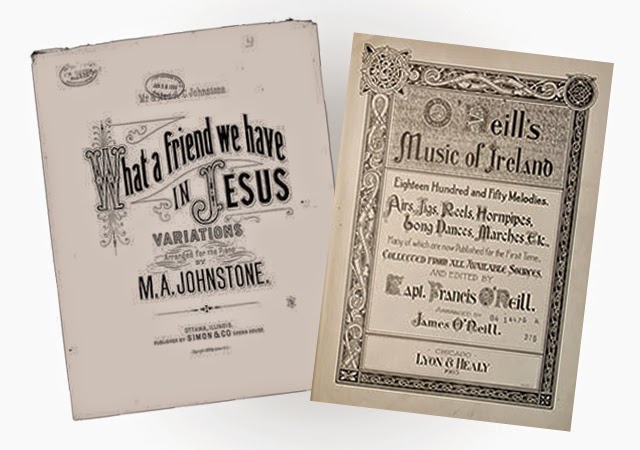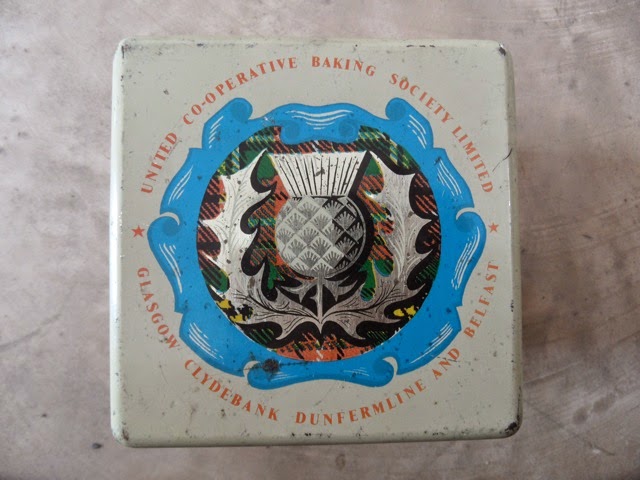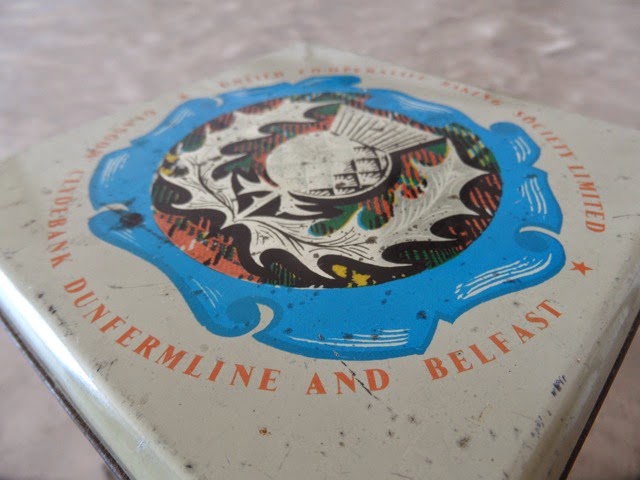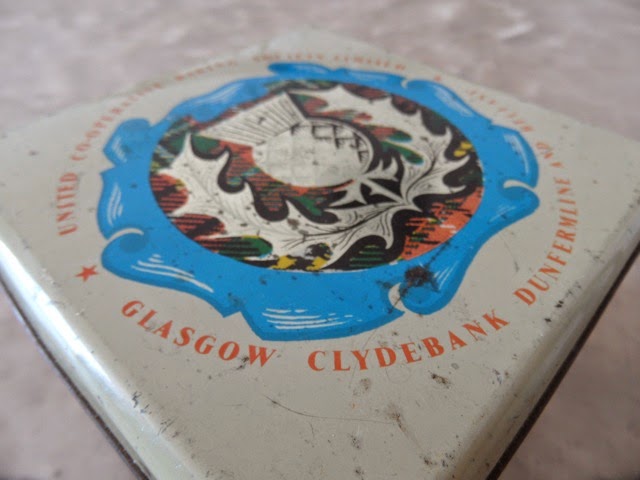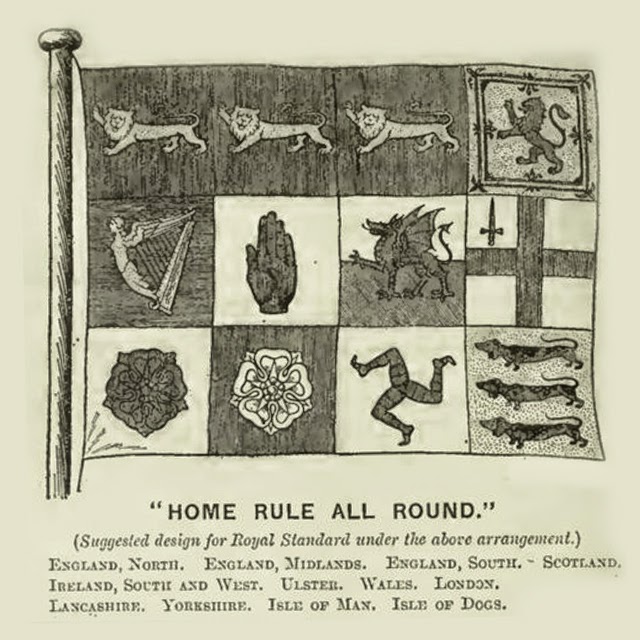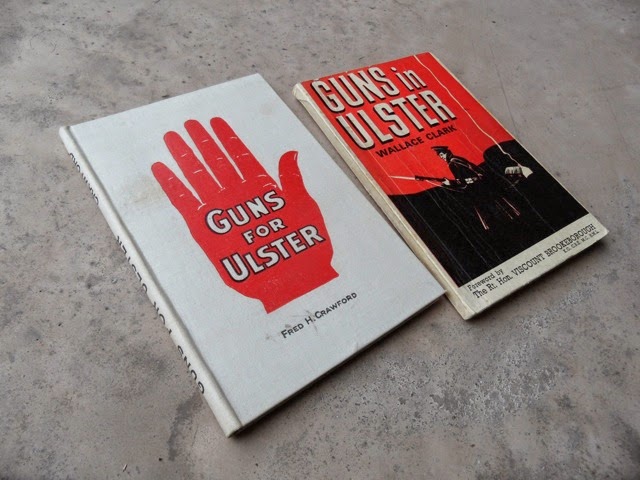
A few weeks ago there were some commemorations of the 100th anniversary of Sir Edward Carson's Ulster Volunteer Force landing thousands of guns at Larne, Bangor and Donaghadee, carried out by Fred Crawford and overseen at Donaghadee by James Craig, the future Prime Minister of Northern Ireland. Carson tried to quash rumours of his intention for the UVF - saying that 'Our quarrel is with the Government alone, and we desire that the RELIGIOUS and POLITICAL views of our opponents should be everywhere respected. We fight for equal justice for all under the Government of the United Kingdom." (see previous post here).The Irish Volunteers brought guns into Howth a few months after.
It is often said that Carson either introduced, or re-introduced, 'the gun into Irish politics'. I doubt very much that this is true, but it got me thinking. The local militia Volunteer movement of the late 1700s were certainly armed with guns. The furore over the Boston College recordings of the recent 'Troubles', reminded me of earlier recordings of a similar nature - the 1641 Depositions which are held in Trinity College in Dublin (searchable website here). These are first-hand accounts of the massacres of English and Scottish settlers which took place in Ireland, and which led to the arrival of the Scottish army in 1642, the chaplains of which formalised Presbyterianism in Ireland. If you do a text search on the website for the word 'shot', it gives 431 results. So guns were very much around in the Ireland of the 1640s.
In the 'Killing Times' in Scotland in the 1661-1688 period, armed government troops faced down Presbyterian Covenanter civilians - including shooting people found in possession of Bibles (George Wood of Sorn in Ayrshire was just 16; John Brown of Priesthill was shot in the head in front of his family outside their cottage home).
The Montgomery Manuscripts refer to guns in the post-1642 period, but also they give an account of the Montgomery v Cunningham feud back in Scotland during which in 1586 Hugh Montgomery the 4th Earl of Eglinton was shot dead by John Cunningham of Colbeith, described as a 'foul deed', and that in the aftermath '... all the country ran to arms... there was a scene of murder and bloodshed in the West (of Scotland) that had never been known before...'. Around 1603 a similar feud in Galloway saw the murder of a Maxwell who was killed by a supporter of their rivals the Johnstons, the killer then fled across the sea to Ulster - but the Maxwells tracked him down and shot him dead on his way to church at Caledon near Armagh.
In 1605 you'll recall that the new Scottish King James I was the target of an audacious assassination bid in London known as 'The Gunpowder Plot'. And just a few years earlier in 1597 there was the Dublin Gunpowder Disaster in which 126 people were killed - the gunpowder was being shipped to the English army for the Nine Years War in Ireland - during which I have heard there is one very rare document which suggests that the Scottish Montgomeries were supplying guns and weapons to the Irish O'Neills. (this might explain why Con O'Neill's wife was keen to cut a deal with Hugh Montgomery in later years which led to the settlement of County Down with Scottish families).
The earlier English colony of the Ards Peninsula led by Thomas Smith junior in 1572 resulted in him being shot dead - "... the revolting of certain Irishmen of his own household to whom he overmuch trusted, whereof one ... killed him with a shot ...". The horses belonging to two other Englishmen, Norreys and Malbie, were also shot.
Some say that we have exported these attitudes to. In the 1996 book Culture of honor: The psychology of violence in the South, responsibility for a quickness to take up the gun is blamed upon the Ulster-Scots/Scotch-Irish emigrants who settled in the New World.
So when did the gun first arrive here? An article in the 2007 edition of the excellent periodical The Irish Sword, the Journal of the Military History Society of Ireland, claimed that the first gun in Ireland was recorded in 1332 - so not long after Robert the Bruce had retreated from Ireland after the failed invasion which his brother Edward led in 1315-1318.
As usual, there's a more interesting story underneath the lazy soundbites.
